Data from the BGS Seismology team, led by Dr Brian Baptie, has helped to illustrate a dramatic reduction in seismic activity and earth vibrations — or ‘noise’ — during lockdown.
The data was transformed into an illustration as part of ‘Nature in Lockdown’, a Natural History Museum (NHM) public engagement initiative that crowdsourced research ideas to discover which environmental impacts of COVID-19 people were most interested in.
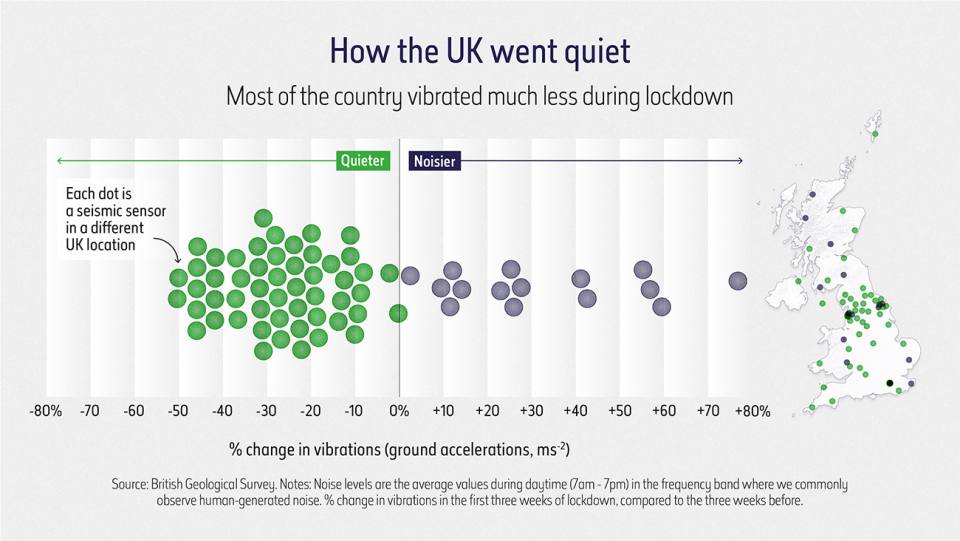
How the UK went quiet, copyright Natural History Museum.
As part of the initiative, NHM collaborated with data visualisation company Beyond Words, who approached BGS to help illustrate some of the environmental changes wrought by lockdown.
The seismic data was brought to their attention when BGS seismologists observed a drop in seismic activity throughout March 2020 in some locations across the UK.
Some areas of the UK were noisier during lockdown, but most of the country vibrated less; a pattern also noted by scientists in locations across Europe when entire countries were brought to a standstill.
We compared the average daytime noise levels at seismic stations in the UK in the two week period since the start of the COVID-19 lockdown with the average noise levels for the beginning of the year. The results show reductions in noise levels at most of our stations of between 10 and 50 per cent.
We see that some of the biggest noise reductions are at sites closest to sources of human-generated noise. Much of our understanding about the Earth comes from observations of earthquakes. So in theory, this could lead to new insights about our planet.
Brian Baptie, BGS Seismologist.
The Nature in Lockdown initiative drew on a variety of open-source data and scientific databases and documented the dramatic drop in driving and public transport use, and the changes to sightings of both animals and birds.
The project, which received funding from the Natural Environment Research Council, culminated in a live interactive virtual ‘Lates’ event on Friday 25 September, during which audiences posed questions to young and emerging researchers about those topics.
These fascinating visualisations, the result of a collaboration between scientists, our digital teams and Beyond Words, bring to life some of the astonishing impacts lockdown has had on our environments and how we noticed and experienced nature in a new and different way.
Clare Matterson, NHM’s executive director of engagement.
You can view the illustrations on The Natural History Museum website.
Find out more about how the BGS collects data to improve our understanding of earthquake hazards.
Relative topics
Related news
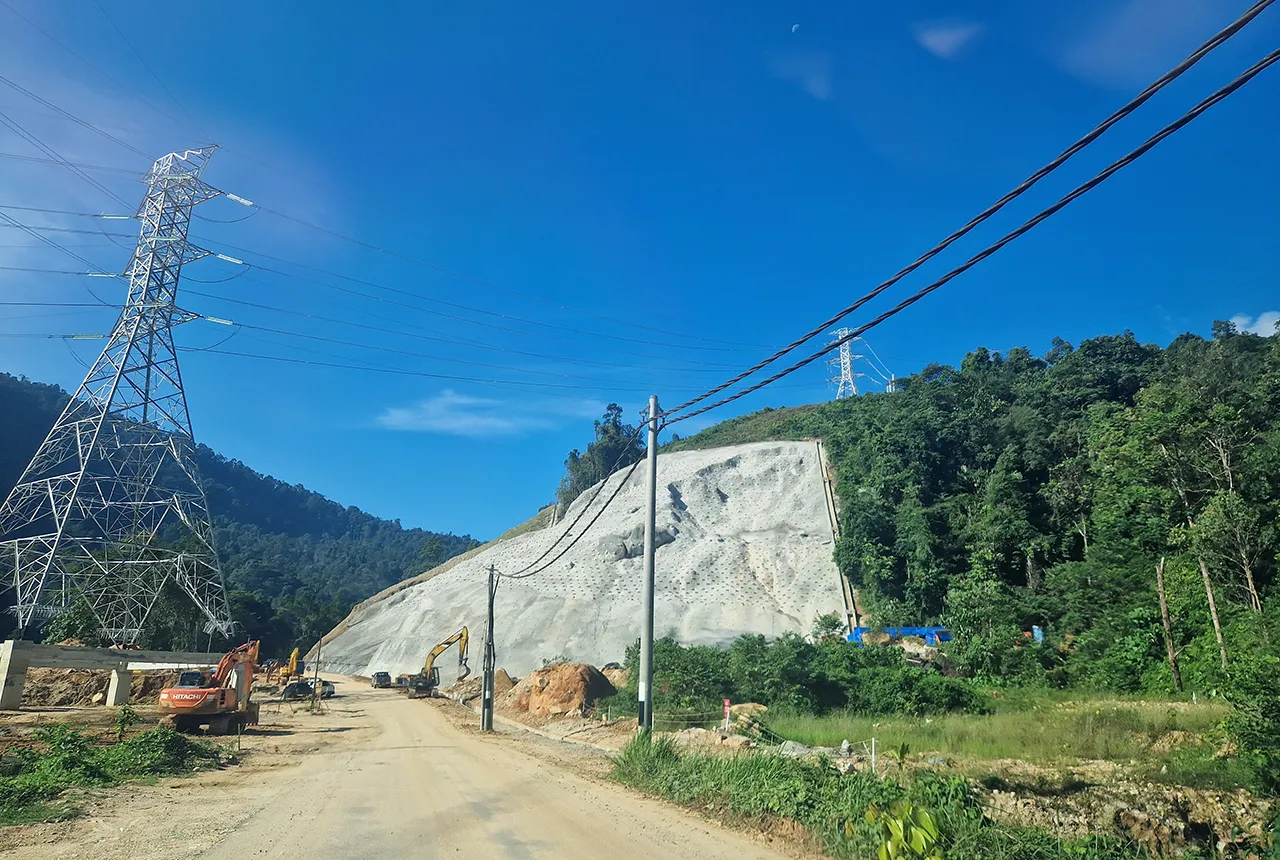
BGS awarded funding to support Malaysia’s climate resilience plan
17/12/2025
The project, funded by the Foreign, Commonwealth & Development Office, will focus on minimising economic and social impacts from rainfall-induced landslides.
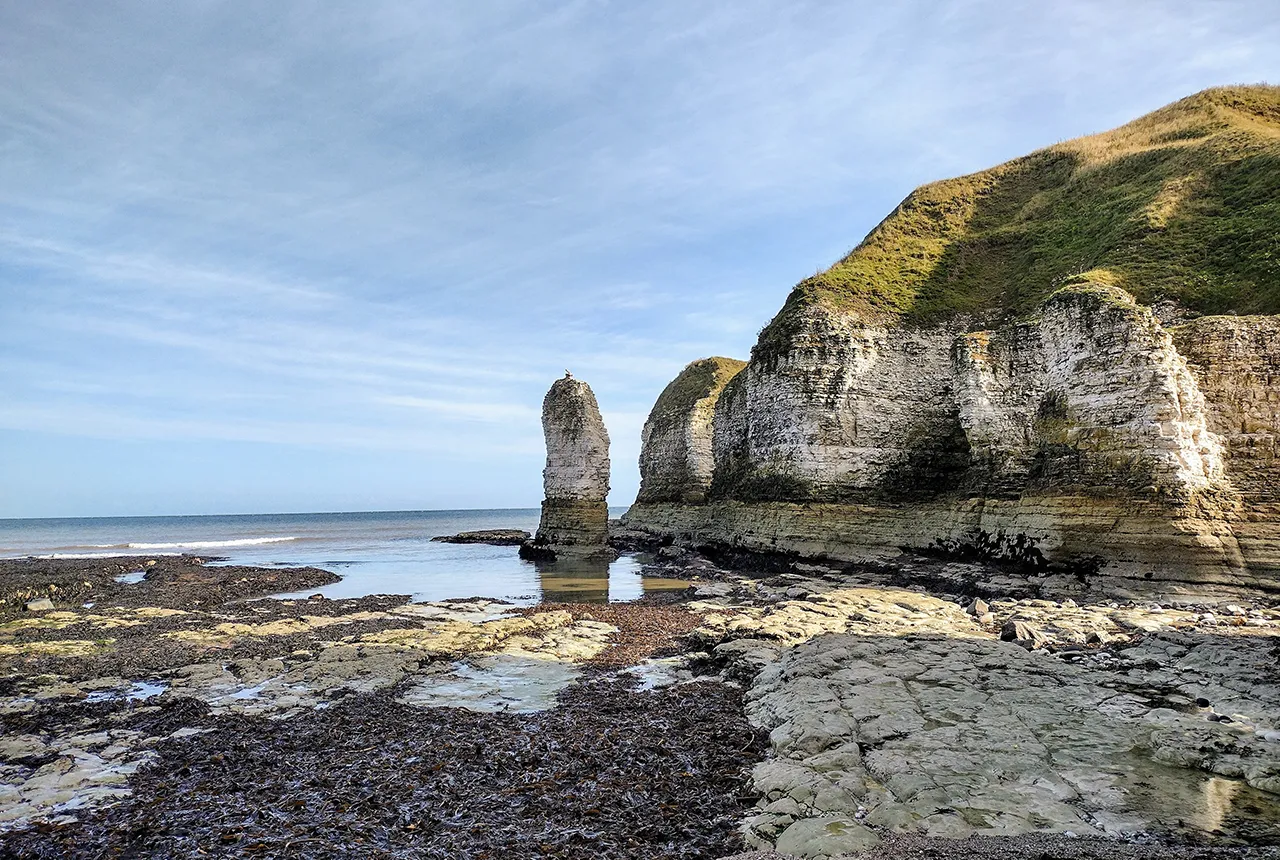
New geological maps of the Yorkshire Wolds to better inform groundwater management and policy decisions
17/12/2025
The new mapping provides crucial data on localised geological issues that may assist in protecting water supplies.
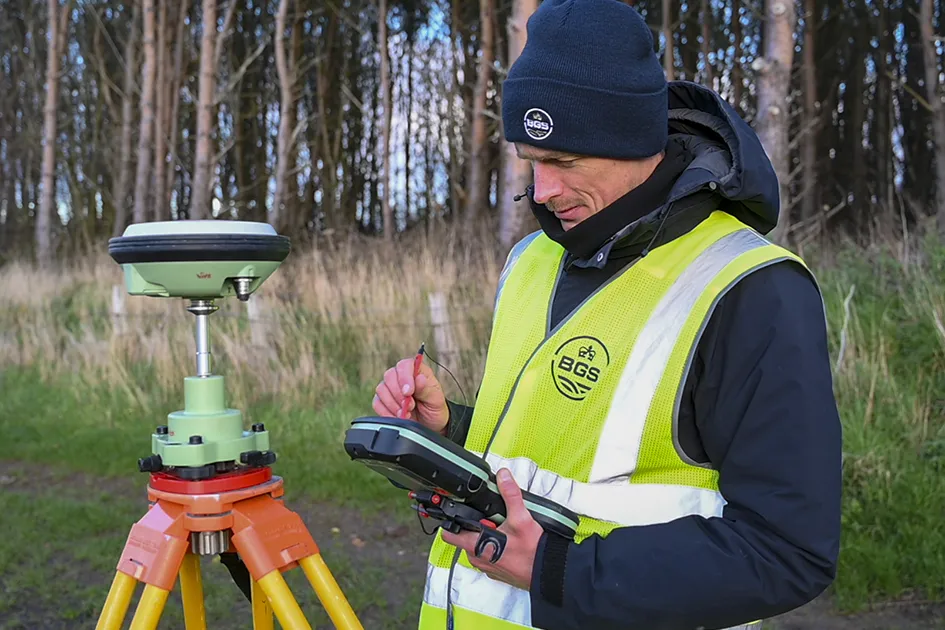
‘Three norths’ set to leave England and not return for hundreds of years
12/12/2025
The historic alignment of true, magnetic, and grid north is set to leave England, three years after they combined in the country for the first time since records began.
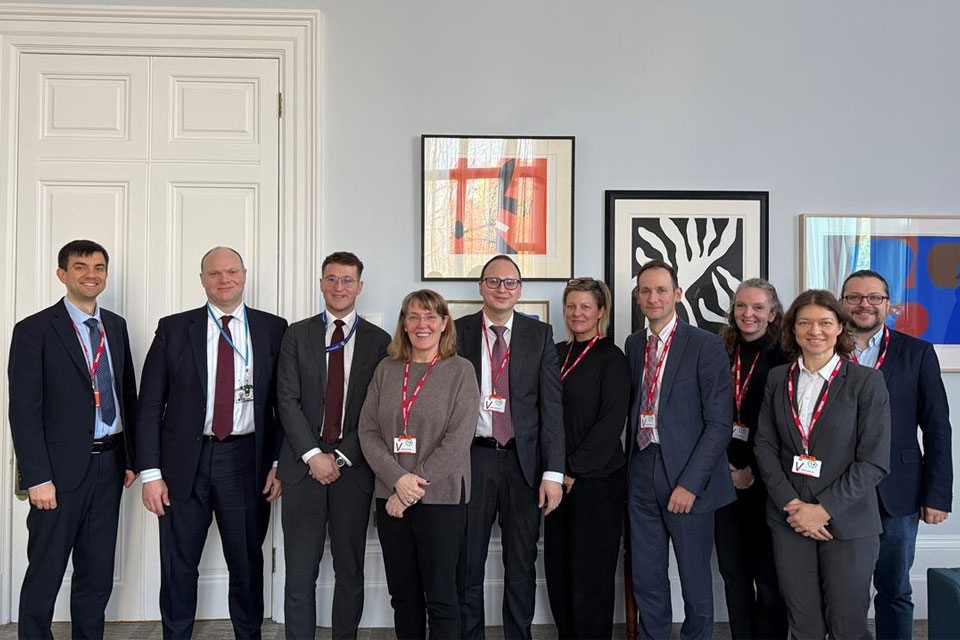
BGS agrees to establish collaboration framework with Ukrainian government
11/12/2025
The partnership will focus on joint research and data exchange opportunities with Ukrainian colleagues.
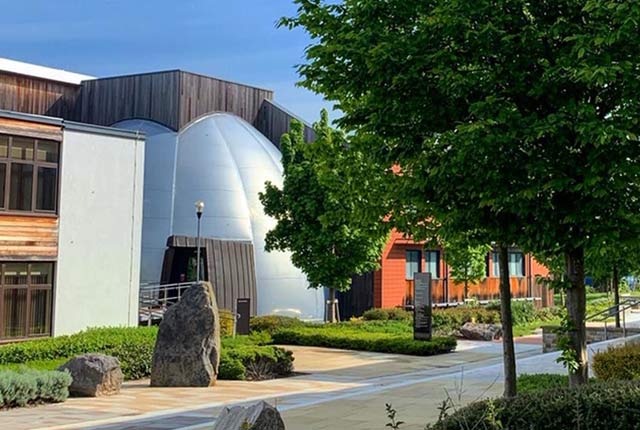
Making research matter: BGS joins leading research organisations in new national initiative
10/12/2025
A new alliance of 35 organisations has been formed that is dedicated to advancing science for the benefit of people, communities, the economy and national priorities.

New 3D model to help mitigate groundwater flooding
08/12/2025
BGS has released a 3D geological model of Gateshead to enhance understanding of groundwater and improve the response to flooding.
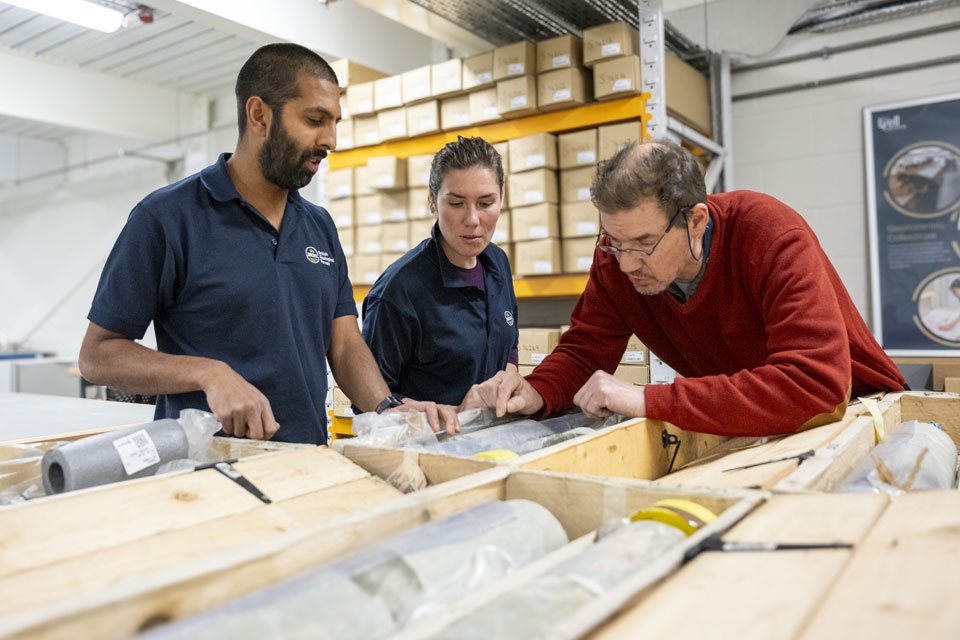
Scientists gain access to ‘once in a lifetime’ core from Great Glen Fault
01/12/2025
The geological core provides a cross-section through the UK’s largest fault zone, offering a rare insight into the formation of the Scottish Highlands.
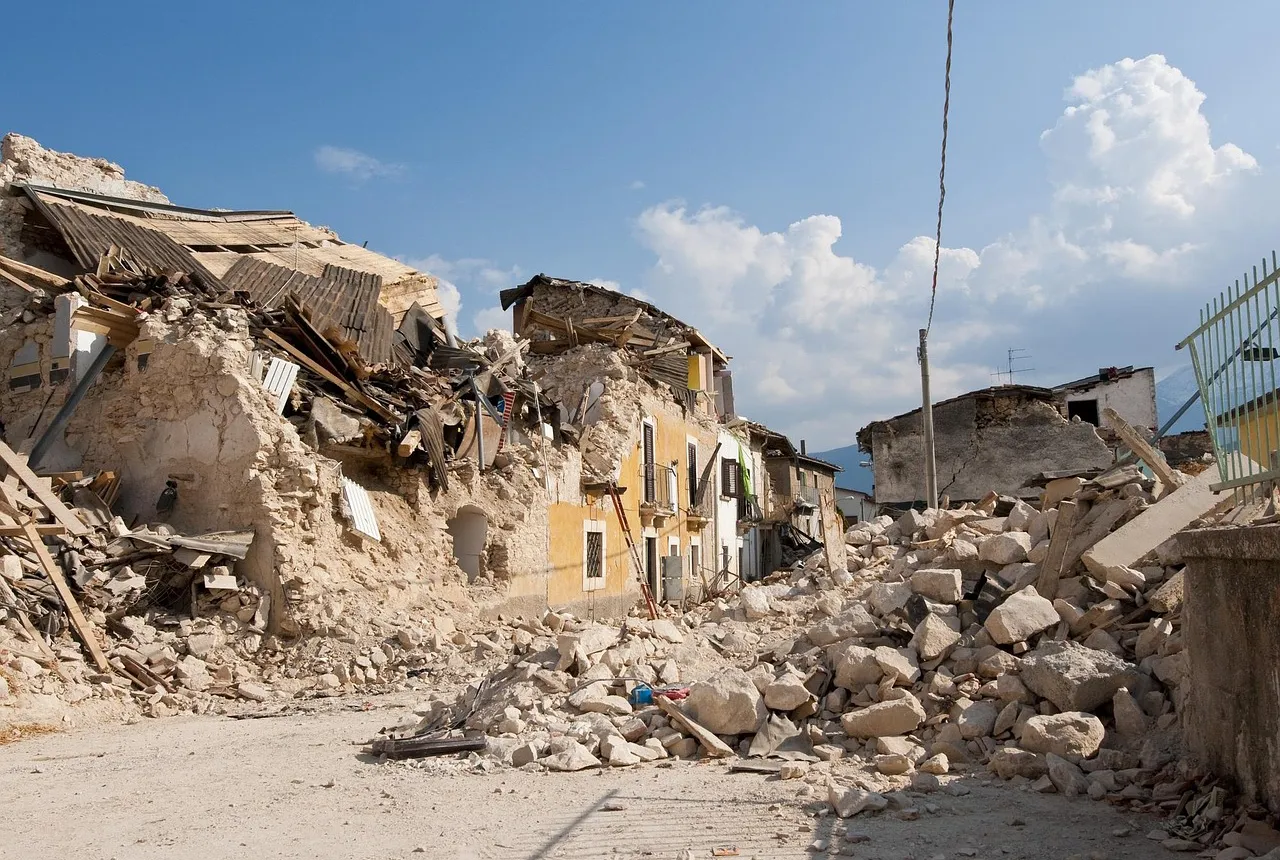
New research shows artificial intelligence earthquake tools forecast aftershock risk in seconds
25/11/2025
Researchers from BGS and the universities of Edinburgh and Padua created the forecasting tools, which were trained on real earthquakes around the world.
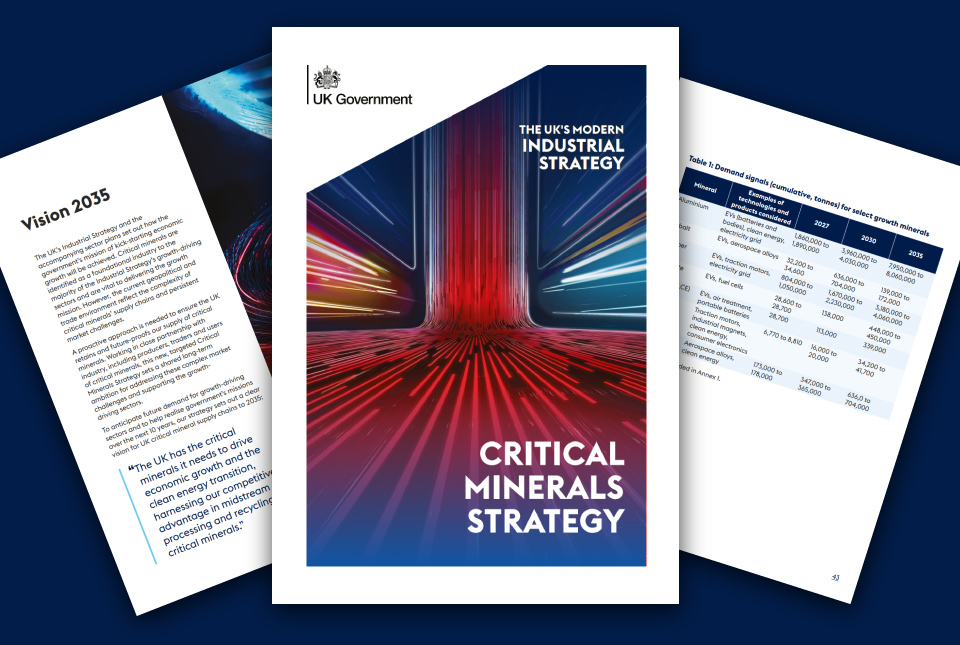
BGS welcomes publication of the UK Critical Minerals Strategy
23/11/2025
A clear strategic vision for the UK is crucial to secure the country’s long-term critical mineral supply chains and drive forward the Government’s economic growth agenda.

New funding awarded for UK geological storage research
21/11/2025
A project that aims to investigate the UK’s subsurface resource to support net zero has been awarded funding and is due to begin its research.

UK braced for what could be the largest solar storm in over two decades
12/11/2025
Intense geomagnetic activity could disrupt technology such as communication systems, global positioning systems and satellite orbits.

First distributed acoustic sensing survey completed at UK Geoenergy Observatory
12/11/2025
New research at the Cheshire Observatory has shown the potential for mapping thermal changes in the subsurface using sound waves.




